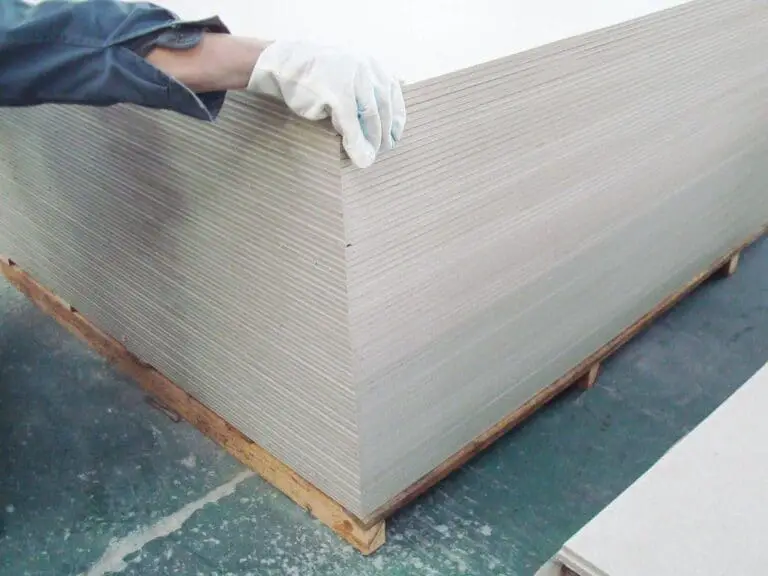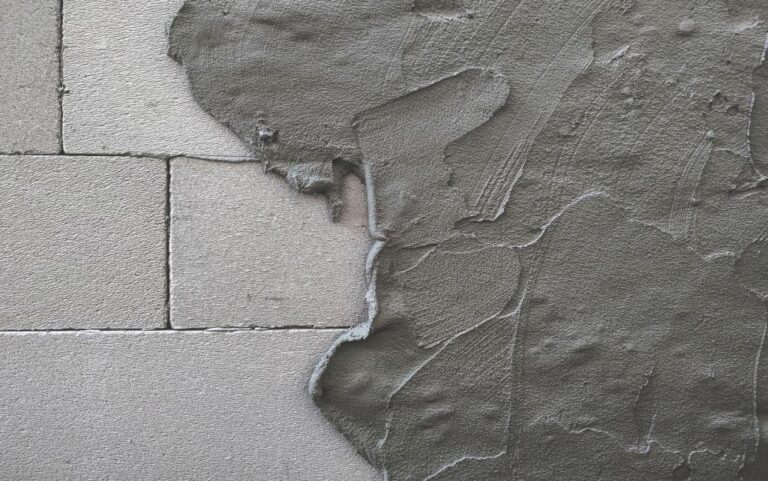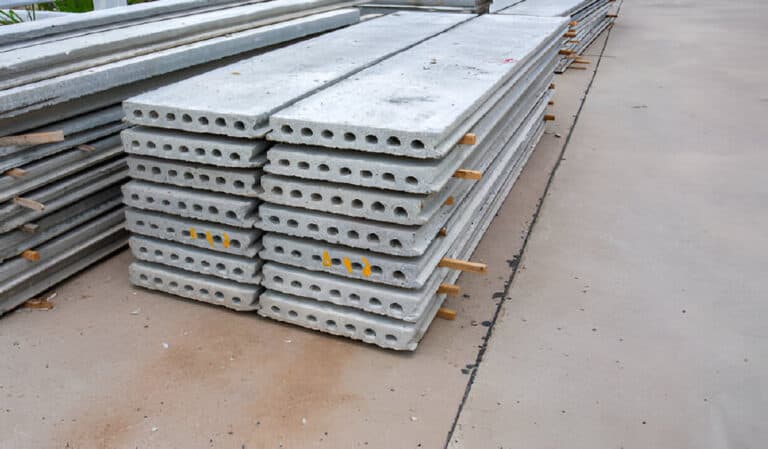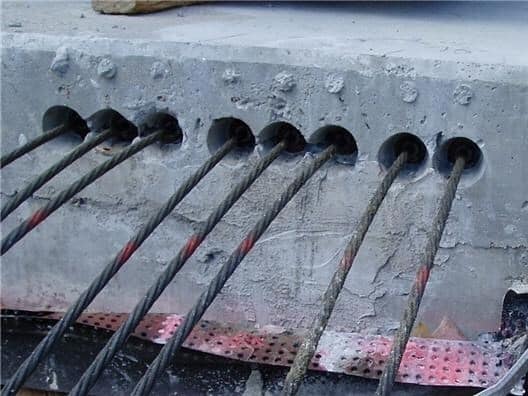The Truth About Adding More Cement to Make Concrete Stronger
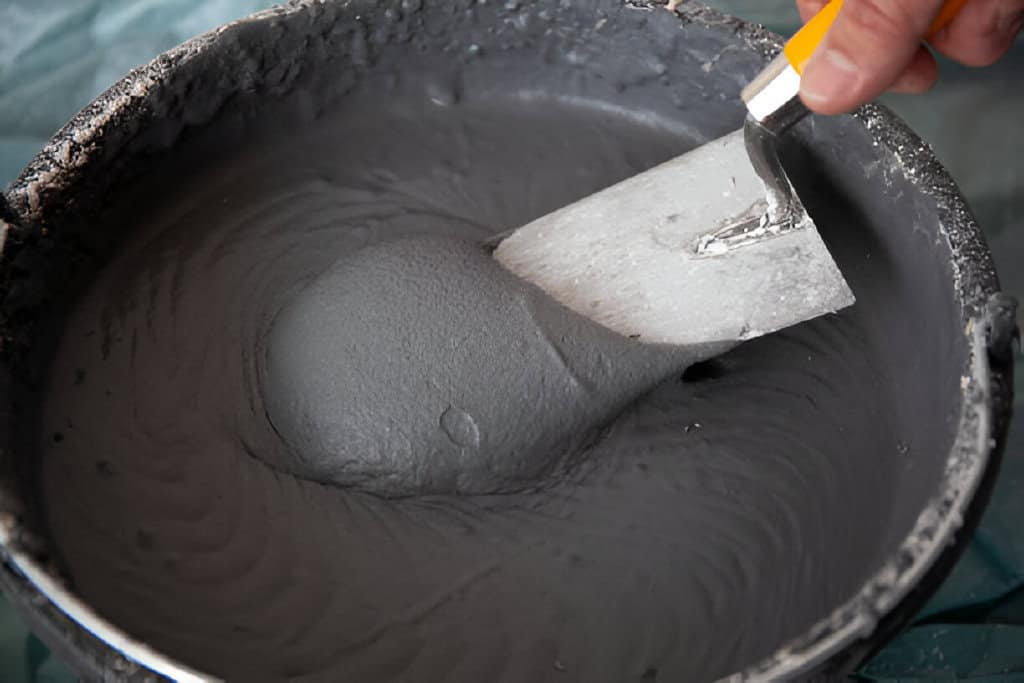
In construction and engineering, concrete is a key material. Its strength and versatility are unmatched. A blend of cement, water, and aggregates, this mix is simple. Yet, it forms the bedrock of countless structures we rely on daily.
However, a hidden misconception misleads many. They believe that more cement means stronger concrete.
Imagine the appeal of using more cement to strengthen your DIY projects or make skyscrapers even taller. It seems like a logical idea. What if I told you this belief is misleading? It may harm the essence of concrete’s strength.
Join me on a journey. We’ll explore the complex interactions of concrete’s ingredients. We’ll reveal why adding more cement may not improve its strength.
Understanding Concrete Strength
When it comes to understanding concrete strength, it’s crucial to dive into the role of each component – cement, water, and aggregates. Cement binds everything together. When mixed with water, it forms a solid matrix. This happens during hydration. However, more isn’t always better in the case of cement; an excess can lead to a brittle and less durable concrete structure.
Water is essential for starting the chemical reaction with cement. But, too much can weaken the mixture by creating pores that reduce its strength.
Aggregates are key. They enhance concrete strength by supporting it and reducing voids in the mix. The proper combination of coarse and fine aggregates ensures good workability while also offering resistance against cracking under various stresses.
It is vital to know how these components interact. It helps to achieve the right mixture for specific project needs. By doing this, engineers can fully use concrete’s strength. It will create lasting, reliable structures for various uses.
Misconceptions around Cement Content
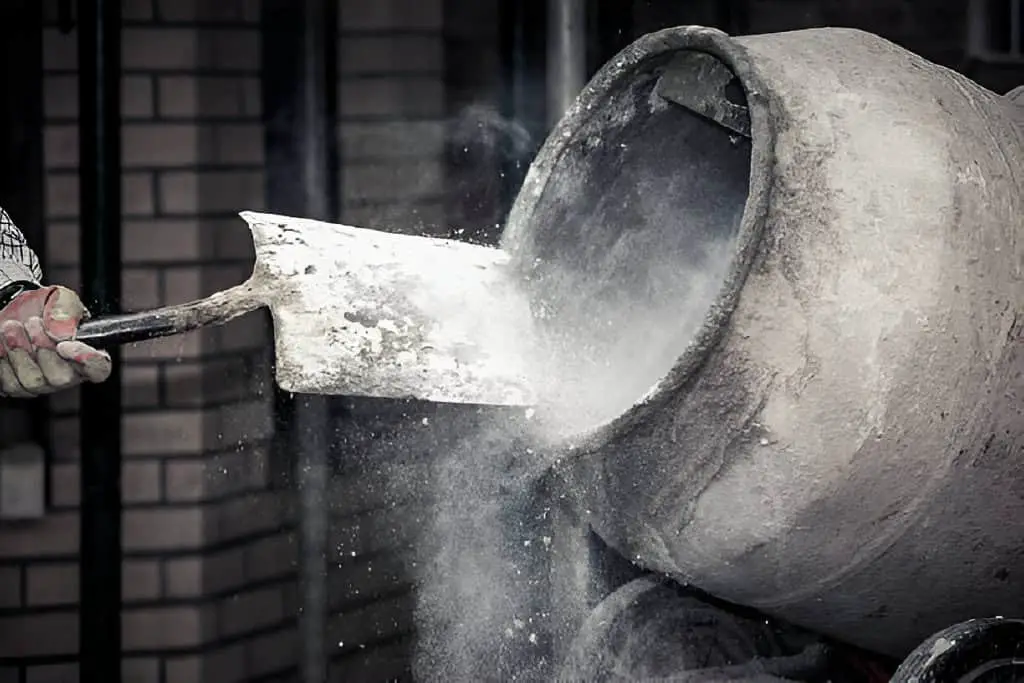
Many people believe that the key to stronger concrete lies in increasing the amount of cement used in the mix. This misconception overlooks a key aspect of concrete: its balanced mix of components. While cement does play a vital role in binding the aggregate together, an excessive amount can lead to unforeseen consequences.
A major issue is increased shrinkage during curing. It can compromise the concrete’s strength. This misconception comes from a simplistic view. It holds that more cement means greater strength. It neglects the complex interactions among all materials involved.
Moreover, an overabundance of cement can adversely affect the workability of concrete. Too much makes the mix stiffer and harder to use. This complicates pouring and shaping. This reduced workability hampers construction efficiency and quality. It prevents proper consolidation and compaction.
Read: Is Pure Cement Stronger Than Concrete?
Factors Affecting Concrete Strength – Discovering Beyond Cement
While cement plays a crucial role in binding the components of concrete, its strength is not solely dependent on the amount of cement used. Other key factors affect concrete strength. They are curing methods, admixtures, and careful quality control during mixing and placing.
Curing methods affect how well the concrete retains moisture as it hardens. This, in turn, impacts its final strength and durability. Proper curing, using methods like wet covering or membrane curing, can improve concrete. It makes it denser and less prone to cracks.
In addition to curing methods, incorporating specific admixtures into the mix can bring about significant improvements in concrete properties. Admixtures like plasticizers or air-entraining agents modify aspects such as workability or freeze-thaw resistance without increasing cement content.
Engineers can optimize concrete by knowing how additives affect different mixes. Moreover, rigorous quality control measures at every stage, from batching to transportation, ensure that all components are mixed uniformly and placed correctly for uniform distribution of aggregates and effective bond formation within the matrix.
The Role of Aggregates in Concrete Strength
Cement often gets the spotlight when it comes to concrete strength. But, aggregates play a key, if underrated, role. Gravel, sand, and crushed stone are not just fillers. They are key to the strength of concrete.
Their interlocking properties provide stability. They reduce the voids in the mixture. This enhances cohesion and load-bearing capacity. Research shows that optimizing aggregate gradation and quality can improve concrete’s durability more than just increasing the cement content.
Also, different aggregates add unique traits to the mix. For example, lightweight, expanded clays provide thermal insulation. Dense granite suits heavy-duty infrastructure. Engineers and contractors must know how these materials interact with water and cement paste. This knowledge is key to designing high-performance structures.
Read: Can You Use Joint Compound on Cement Board?
Case Studies and Research Findings
Concrete strength is a complex topic. It has been studied in many case studies and research efforts. Experts now focus on better control of the mix, curing, and environment to optimize performance. They have moved away from just increasing cement content.
Recent findings stress that aggregate quality is key to concrete strength. They show how particle size and shape affect durability.
Also, innovative studies have explored materials like fly ash and slag to improve the long-term qualities of concrete. These alternatives help sustainability by reducing carbon emissions. They also improve workability and reduce heat during hydration.
These advancements show that sustainable construction practices improve concrete properties. They do this better than traditional, cement-centric methods.
Conclusion: Unveiling the Truth Behind Cement Content and Concrete Strength
The key to understanding the link between cement and concrete strength is not to blindly increase the cement. It’s to find a balanced mix design that considers all components’ interactions.
A deeper look at concrete science will debunk a myth. It is that more cement means better structural integrity. Instead, a balance among aggregates, water-cement ratio, admixtures, and curing processes is key. It truly elevates concrete’s durability and strength.
In closing, our quest to debunk myths about cement content and concrete strength shows that mastering mix designs is key to building strong, lasting structures. The importance of careful planning cannot be overstated. Each decision, from adjusting proportions to testing additives, greatly affects the final product.
We must prioritize informed choices over just adjusting quantities. This ensures longevity and quality in all construction projects. Remember: true strength is not just in numbers. It is in careful work, built on deep understanding.


